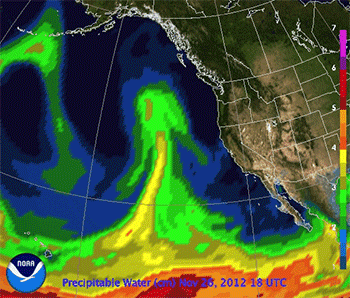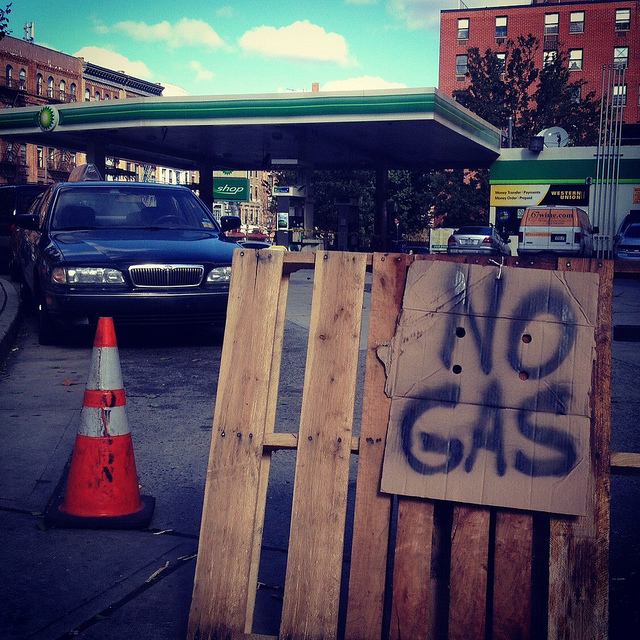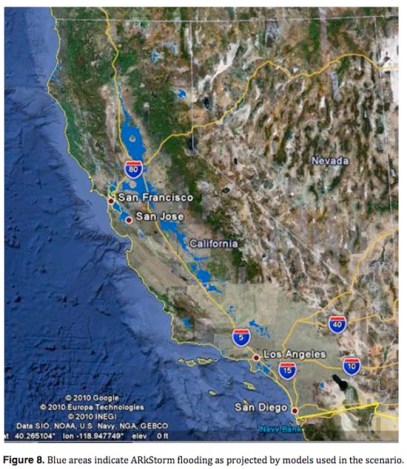This is a post about the weather in California, so it’s only appropriate that it begins with a weed reference.
Remember The Pineapple Express?
In the movie, “Pineapple Express” is the name of the high-quality pot the protagonists enjoy. The dealer, Saul Silver, explains where the name comes from:
My guy Red told me it’s when this Hawaiian flood takes special dirt to the weed or some shit. It’s pretty scientific.
Not quite, Saul. (Saul is not good with details for some reason.) Actually, a Pineapple Express is a weather pattern that brings heavy precipitation to the West Coast. It’s a particular type of a phenomenon called an “atmospheric river.” And if you want to know what happens in an atmospheric river, stick around Northern California for a bit.
From The Sacramento Bee:
[G]et ready for an “atmospheric river” late in the week that will bring perhaps 3 inches of rain to the [Sacramento River] valley region, the National Weather Service said today.
The term of art — atmospheric river — tells the story: [National Weather Service meteorologist Darren] Van Cleave describes it as a “garden hose … focused right in our area.” …
Atmospheric rivers, he said, tend to be longer than they are wide. This one fits that description. But they also tend to affect an area for about 12 to 24 hours. Forecasts show this one lingering over the valley beyond Thursday night well into the weekend.

NOAAThis week’s river.
This isn’t just a rainstorm. As noted by @Burritojustice (a Twitter must-follow), in 1862 a lengthy atmospheric river created a massive, temporary lake in the middle of the state. From Weather Underground:
Massive runoff from the mountains during the warm storms filled the Sacramento and San Joaquin Valleys almost from the foothills of the Sierra on the east to the hills on the west side of the Great Valley. A giant lake 250-300 miles long and 20 miles wide apparently formed, some 5,000-6,000 square miles (of what is now some of the most valuable agricultural land in the world and home to about 2 million people).
Climate experts fear that a deluge at that scale — or bigger — could happen again.
On occasions, as it presumably did during December 1861-January 1862, this stream of moisture becomes a persistent feature lasting for days and even weeks and funneling storm after storm towards the West Coast of the United States. …
The USGS suggests that up to 120” of rain might fall in California over the course of such an event (in favored orographic locations) the run-off from which would flood the entire Sacramento and San Joaquin Valleys as well as the basins of Southern California. A very detailed analysis from the report predicts damage to exceed $300 billion with up to 225,000 people permanently displaced (in terms of complete destruction of dwellings) and a further 1.2 million forced into evacuation.
Flooding from a massive “atmospheric river” event would look something like this:
According to a report from the state of California [PDF], climate change is bound to make atmospheric rivers more intense, with increased moisture, warmer air, and a longer “season” during which the storms could occur. Scientists also expect a large increase in the number of so-called “50-year flood” events in the Sierras — the sort of precipitation that drowned the state in 1862.
This week’s storm won’t last for weeks, turning California’s bread basket into a soggy mess. But it could happen, someday — and there’s not much you can do to prepare for it. Evacuate as necessary, get a flashlight and canned food, and, of course, stock up on Pineapple Express.





